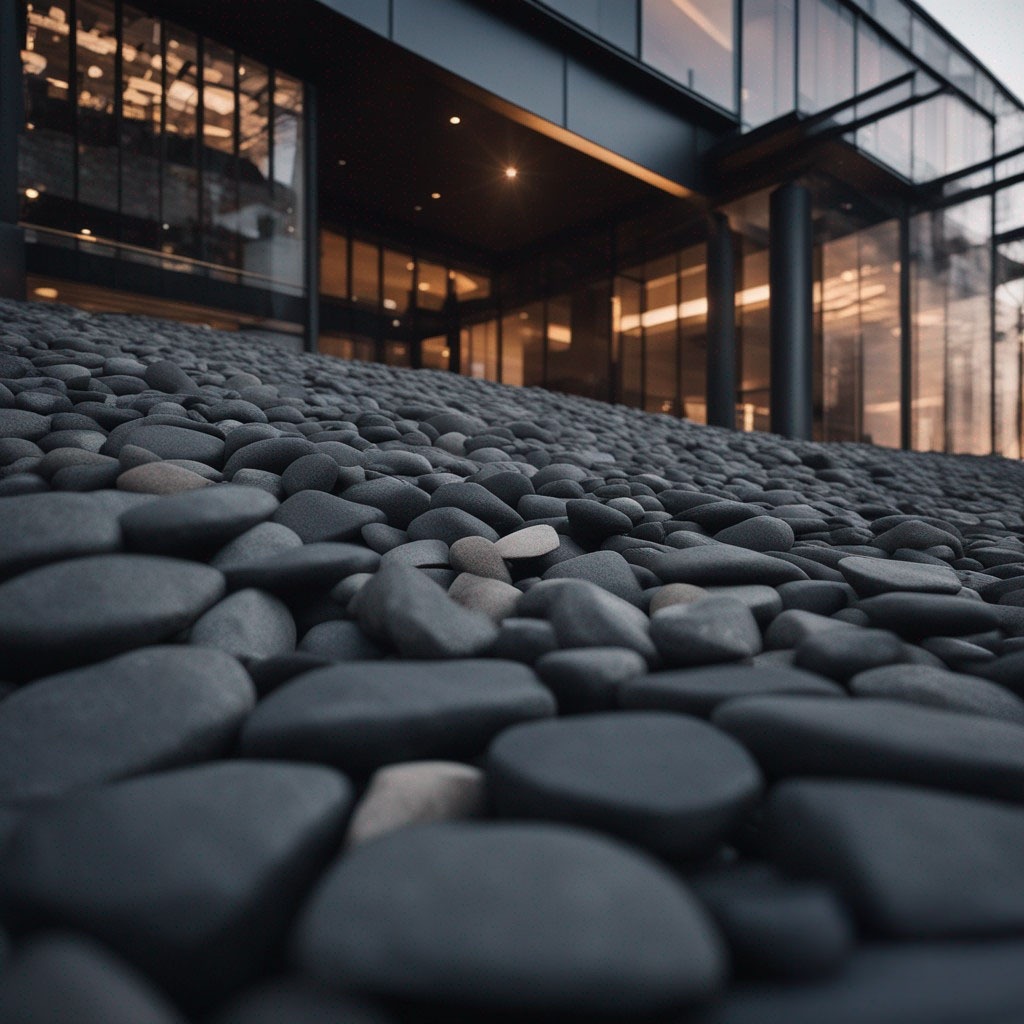Landscape design is the art of beautifying and making outdoor spaces functional. Many elements in this field come together with carefully selected and placed details. In this context, pebbles are an essential part of landscape design. With their visual aesthetics and functionality, pebbles are an excellent choice for transforming outdoor areas. In this article, we will explore the importance of pebbles in landscape design and their various applications.
The Historical Origin of Pebbles
Pebbles have been widely used in various cultures throughout history. These small stones, formed by the erosive effects of water, are often found near rivers or coastlines. Throughout history, pebbles have been used as construction materials but have also been preferred for decorative and artistic purposes.
The Role of Pebbles in Landscape Design
The role of pebbles in landscape design is widespread across various areas. Here are the primary functions of these essential stones:
Visual Aesthetics
Pebbles have the ability to add natural beauty and visual appeal to outdoor areas. Pebbles of different colors can liven up the landscape and be effective in creating contrast. Additionally, the irregular natural appearance of pebbles helps balance the harsh structures and plants in the landscape.
Drainage and Water Management
Pebbles can be used to solve drainage issues or assist in directing water properly. Especially in gardens or courtyards, pebble layers can be created to prevent water accumulation and root rot.
Plant Health and Easy Maintenance
Pebbles facilitate the aeration of plant roots and allow water to reach plants more easily. Moreover, pebble layers can limit weed growth, reducing maintenance requirements.
Various Types of Pebbles
Pebbles come in different types depending on their sources and formations. Here are some popular types of pebbles:
River Pebbles
River pebbles are formed by the erosive effect of rivers. They usually have smooth and round shapes and are often preferred for their natural gray color.
Coastal Pebbles
Coastal pebbles are formed by the influence of ocean waves. They often have more irregular shapes and brighter colors. Coastal pebbles are popular for seaside-themed landscapes.
Colored Pebbles
Colored pebbles can be found naturally or artificially colored in different shades. These pebbles are useful for adding colorful accents to your design.
Eco-Friendly Advantages of Pebbles
Pebbles are an eco-friendly option for landscape design. These naturally occurring and unprocessed stones can be used without harming the environment. Additionally, their contributions to drainage and water management are essential for conserving water resources.
Creative Landscape Design Tips with Pebbles
– Add textural diversity by using pebbles in different colors and sizes.
– Frame walkways, terraces, and garden borders with pebbles.
– Create ponds or fountains using pebbles to enhance water features.
– Use pebbles to address drainage issues and ensure proper water direction.
Pebbles play a significant role in providing both aesthetic and functional aspects in landscape design. With their natural beauty, drainage advantages, and various usage options, pebbles are an indispensable element in landscape design. Pebbles offer endless opportunities to transform outdoor areas and emphasize the beauty of nature. With the information in this article, you can start considering how to use pebbles in your landscape projects.


